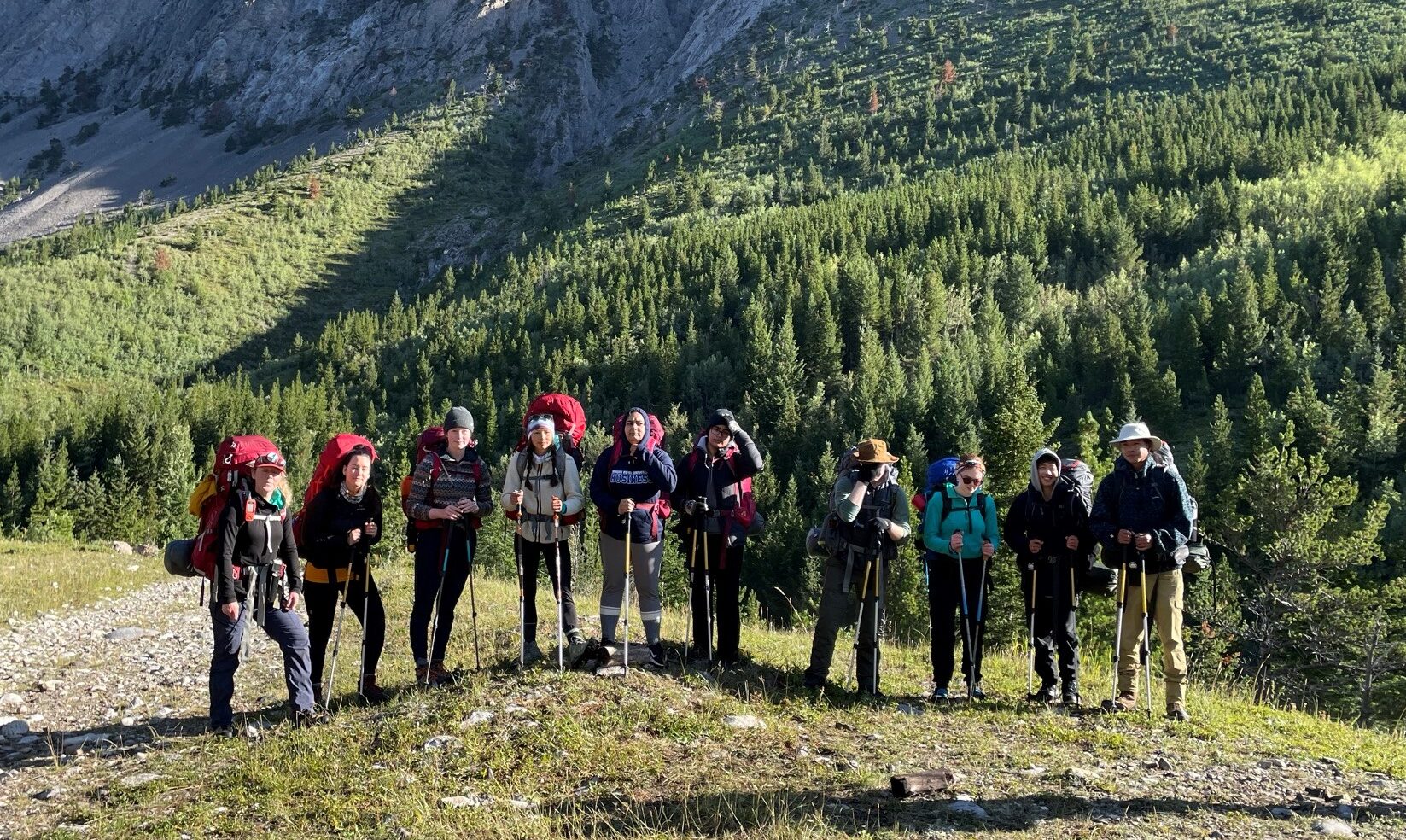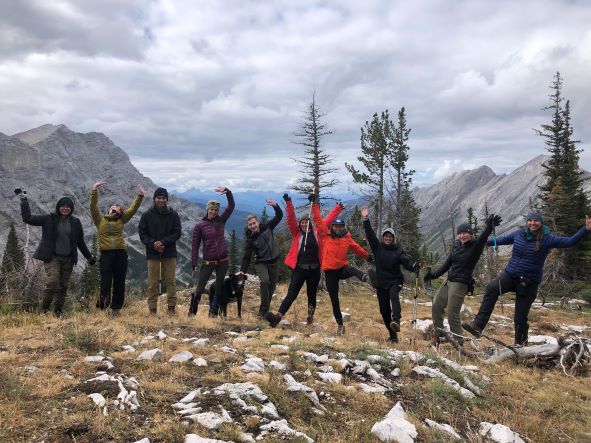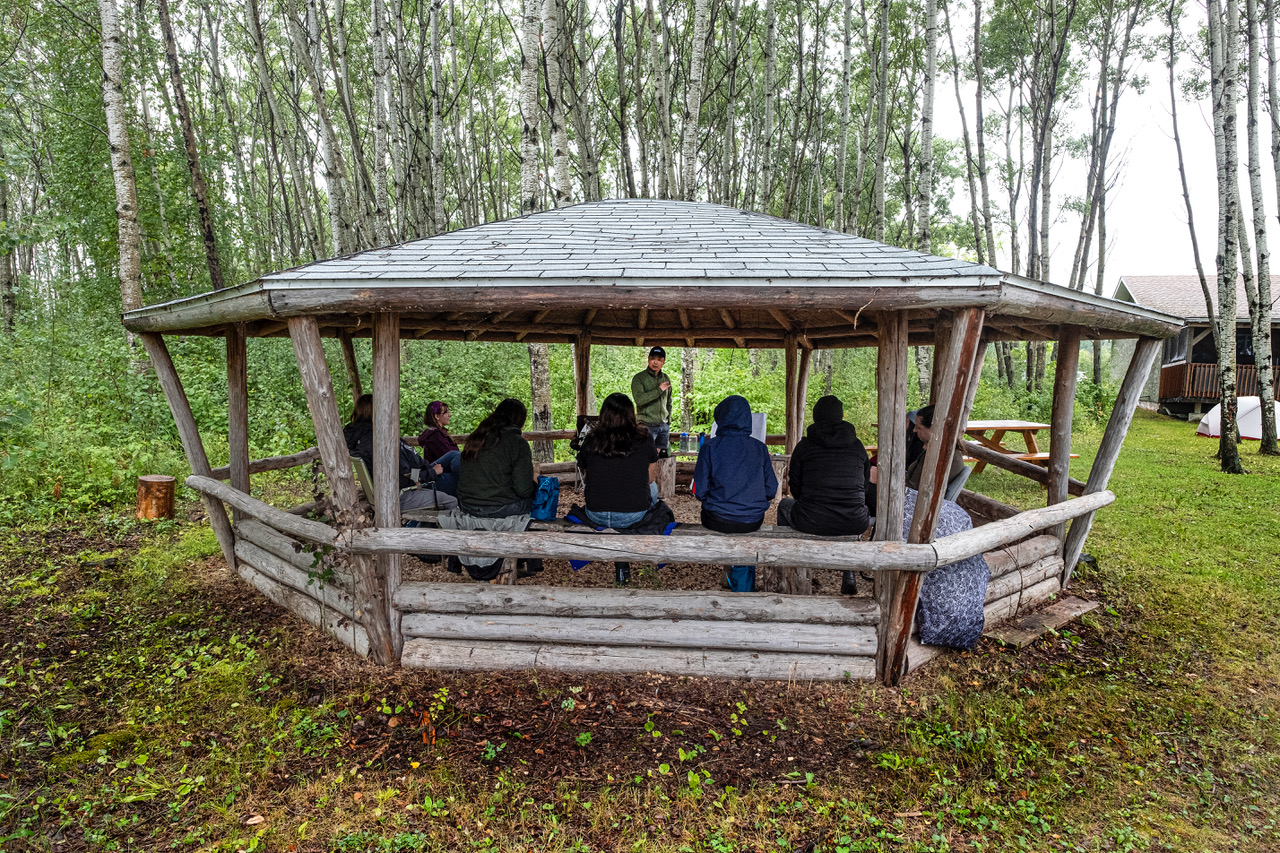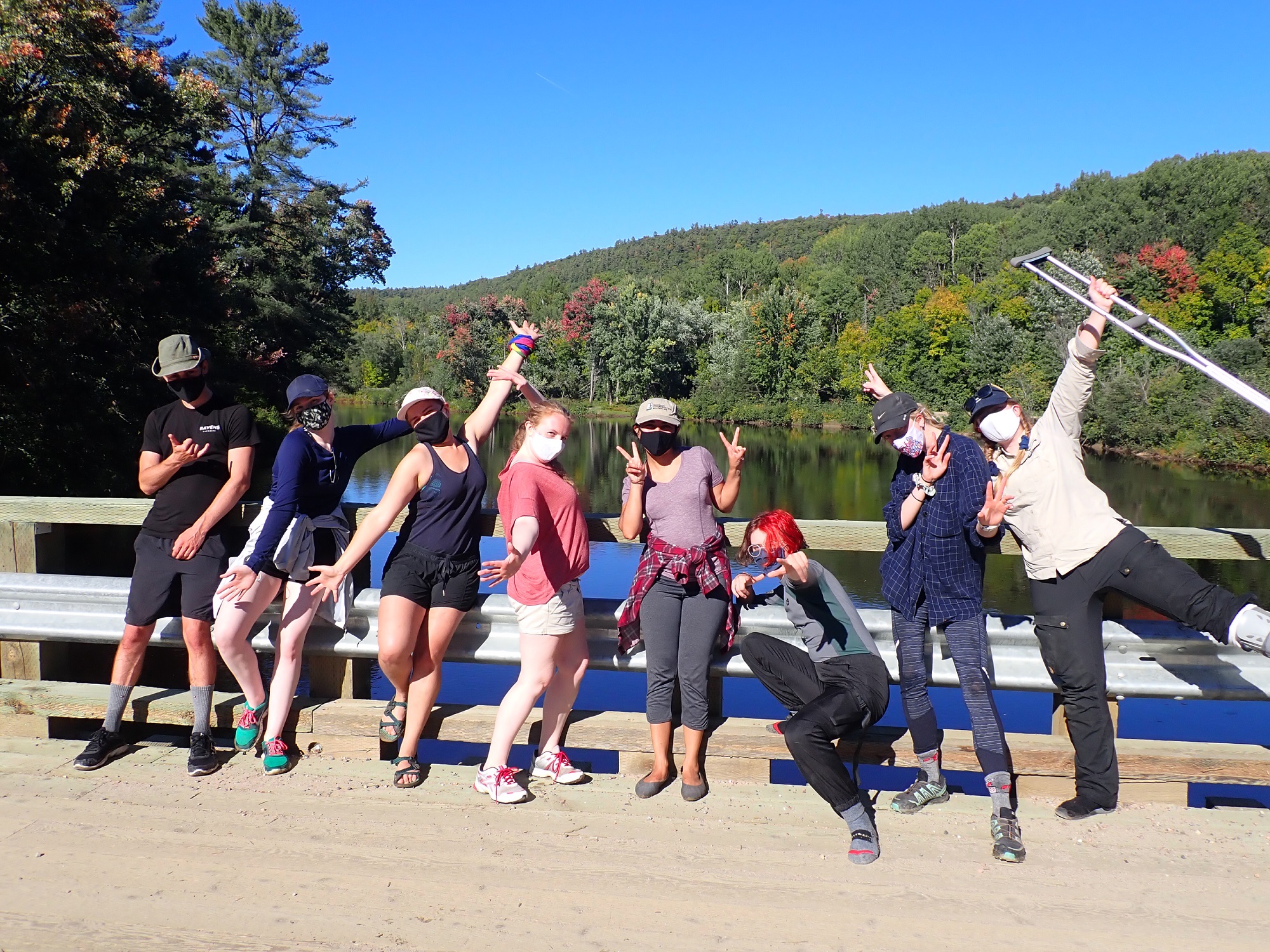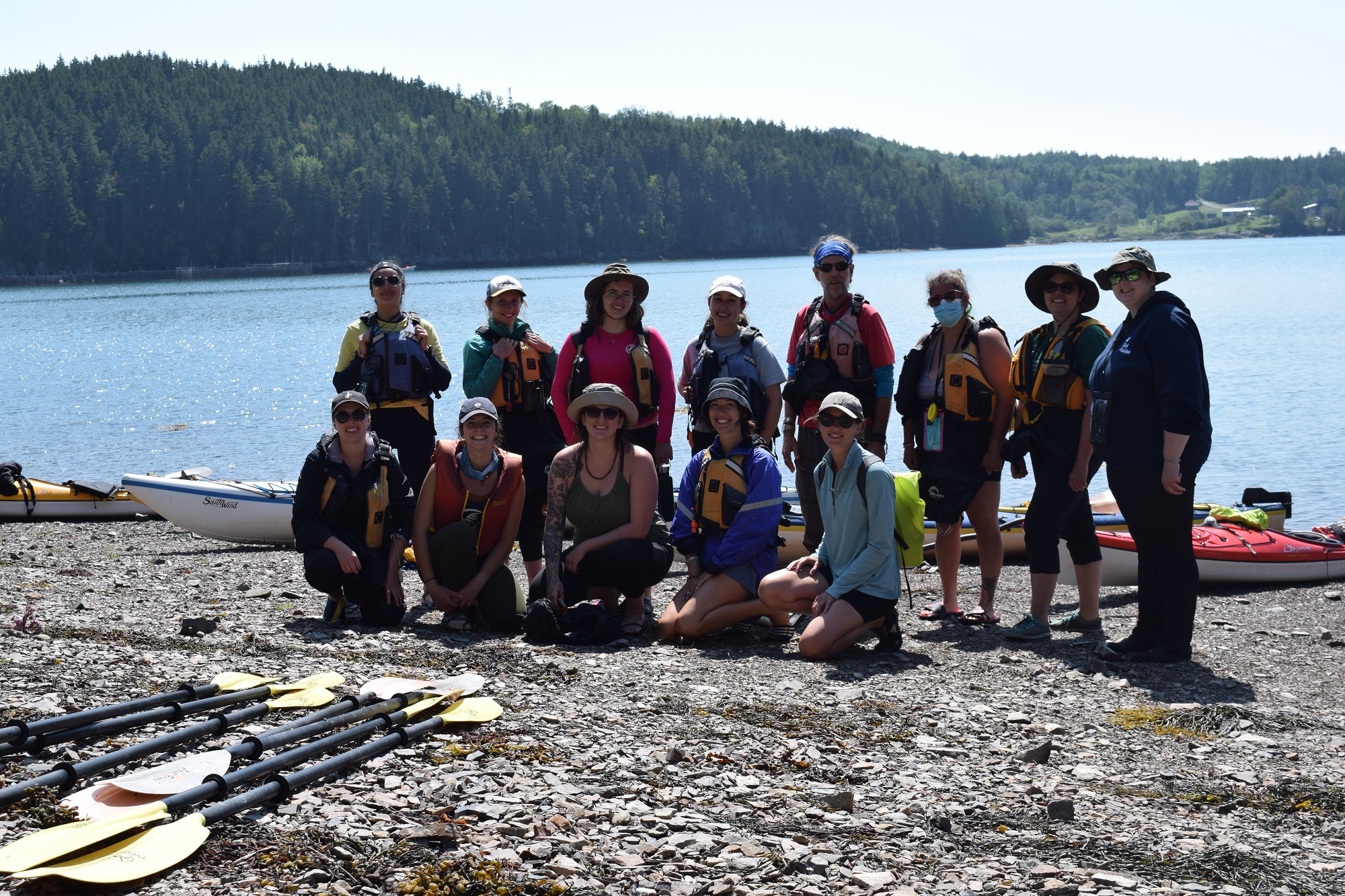
Contributed by Neil Bailey, Lisa Coyne, Melanie Jellett, and Chloé McMillan; Featured Photo: Castle Wildland Provincial Park, Heather Davis
As we reflect back on 2021, at the mid-way point of our Canadian Wilderness Stewardship Program (CWSP), we wanted to provide an update on what our participants have been doing so far and the impact they are having in their communities.
The Expeditions
In August and September, youth from across New Brunswick, Manitoba, Southern Alberta, and the Ottawa Valley region travelled to wilderness areas in their provinces that CPAWS is actively working to protect.
These expeditions made for memorable start to the stewardship program, providing an opportunity for the youth to bond with each other, learn about conservation issues in their regions, meet with community stakeholders, and discuss ideas for different activities they could organize for their community service projects.
Read about the regional trips:
The Learning Webinars
Since their regional trips, the youth participants connect regularly with their CPAWS chapter program coordinators and will be engaging with youth from other regions at the upcoming virtual national summit.
Ahead of the summit, all youth participants attend three learning webinars: the first took place in November, focusing on the influence of human connection to nature on CPAWS’ approach to conservation; the second took place at the start of January, which involved a discussion co-hosted by Michael Redhead Champagne (community organizer, public speaker, and proud member of Shamattawa First Nation) on civic engagement, building healthy relationships, and some lessons for the youth to take with them as they work on projects for CWSP and beyond.
The third and final webinar is coming up in February, where the youth will discuss Indigenous-led conservation and the importance of reconciliation in CPAWS’ work.
The Community Service Projects
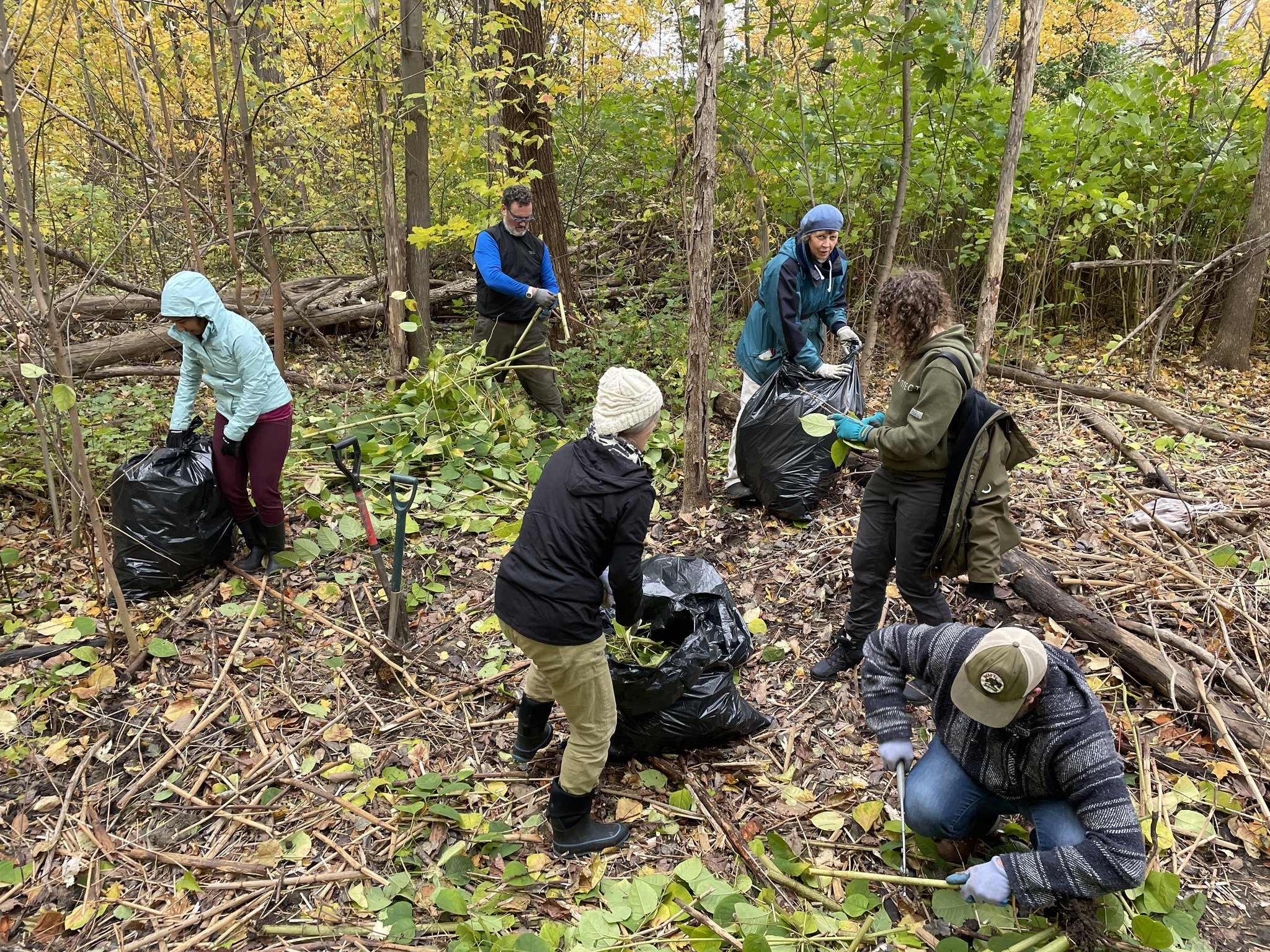
In addition to connecting with youth from across the country, participants are meeting, either virtually or in person, with their peers to discuss local initiatives and support each other in planning their community service projects.
We have received a wide range of community service project proposals from our youth, including public interpretive hikes, university and recreation group information sessions, an awareness concert, a ski tour, toolkits for bringing nature into the classroom, wildlife habitat/home building workshops, Instagram reel info series, podcasts, and an interview series designed to uplift Indigenous voices in conservation.
Although some youth are still finalizing their plans, one youth from the Ottawa Valley cohort has completed her project: a joint effort to remove Japanese Knotweed, an invasive plant species, from Hampton Park in Ottawa.
What’s Next
As we look to 2022, we are excited to provide opportunities for youth to continue to develop their skills in community engagement, inclusivity, reconciliation, advocacy, and, of course, wilderness stewardship.
The program will end in March, with a combination of regional and national summits. Keep an eye on our Facebook page for updates on the program and the projects our participants are planning, as well as more information on ways community members can get involved with their efforts!

